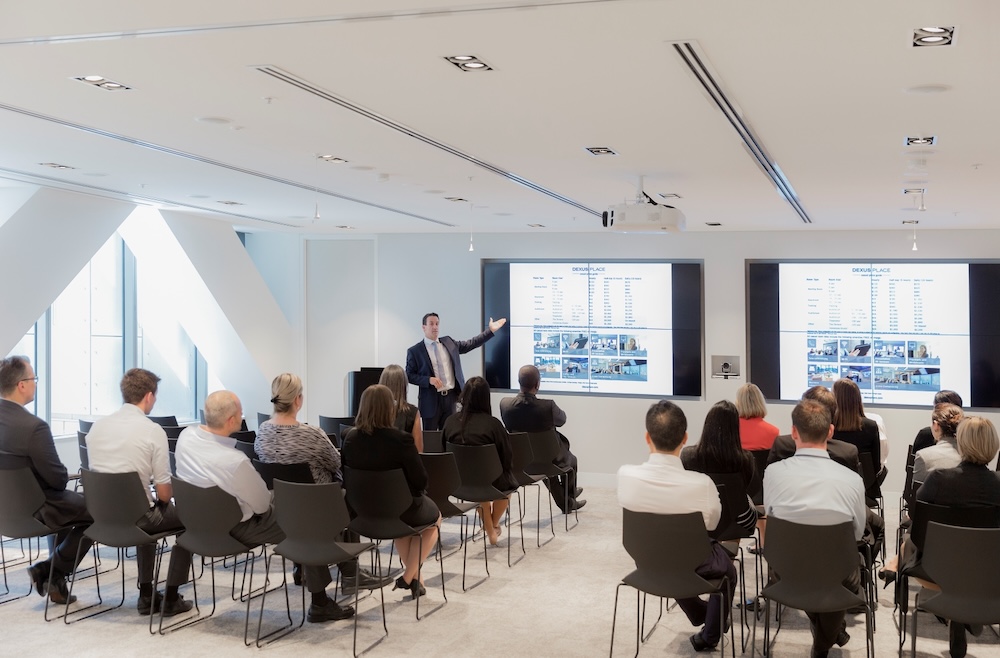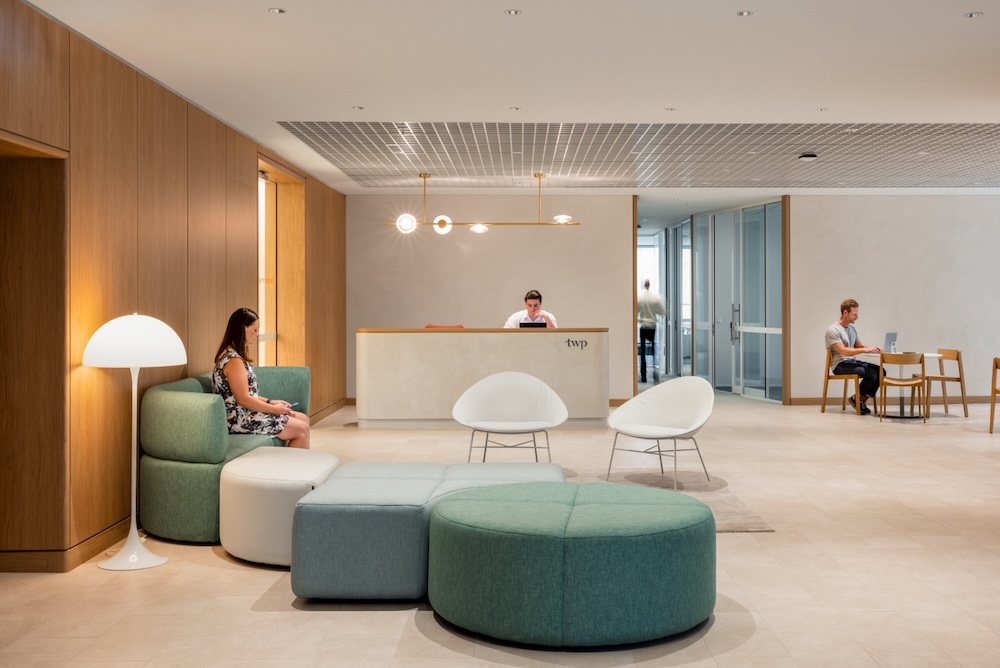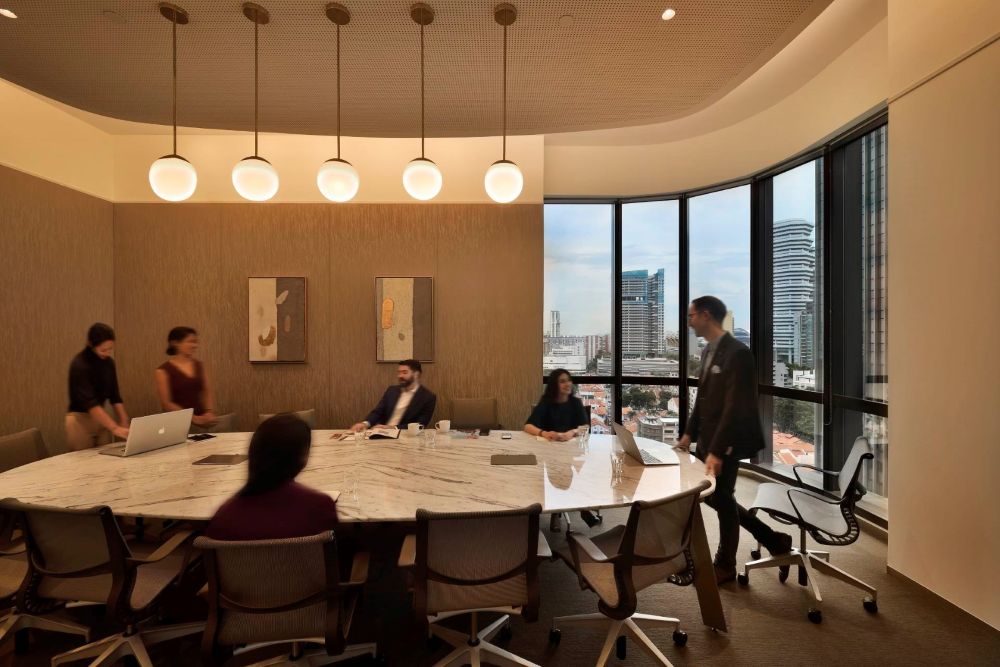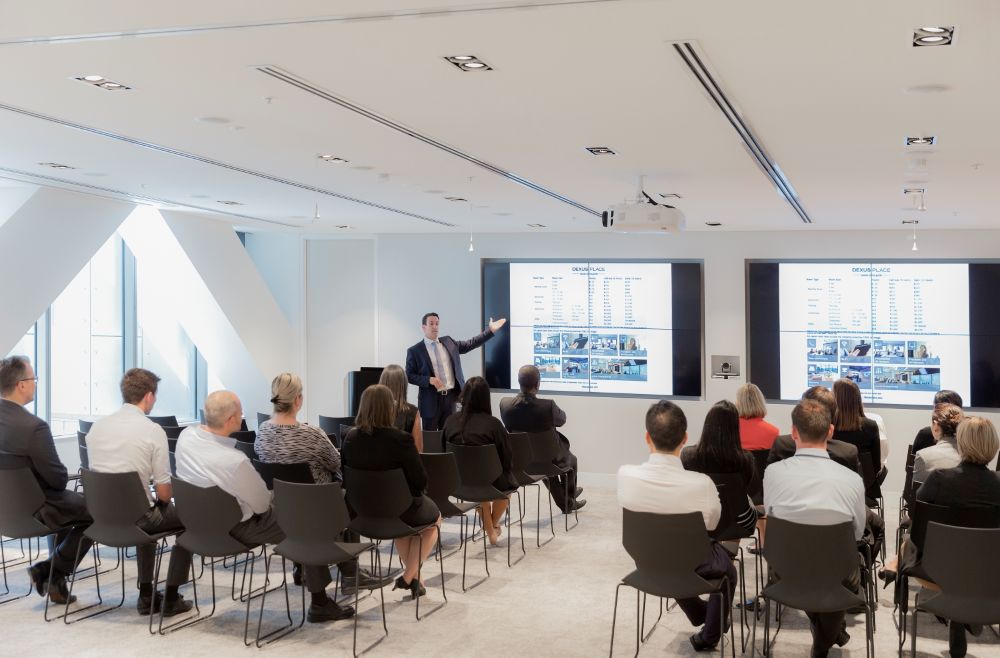The traditional office is no longer the default. Today, businesses face a pivotal decision: going fully remote vs adopting a hybrid work model.
This ongoing debate is central to modern businesses and their people because it touches on core questions of productivity, well-being, and how we best connect in a digital age. There are passionate arguments for each side, and the right answer is rarely one-size-fits-all.
This guide will take a balanced approach to the remote vs hybrid debate. We'll explore the impact of both job models and provide a framework for making a strategic choice that works for your business.
Understanding the Remote Work Model
The shift to fully remote work has been a game-changer for many, offering a level of freedom that was once unimaginable. But it comes with its own set of distinct advantages and disadvantages.
The Advantages of Going Fully Remote
The appeal of a fully remote model lies in the freedom it creates for both employees and businesses.
For employees, it offers unmatched flexibility and autonomy. Without the stress of a daily commute, they can design their workdays around personal priorities, often achieving a healthier work-life balance and a rhythm of productivity that suits them best.
For businesses, a remote-first policy opens access to a global talent pool, making it possible to hire the right person for the role regardless of geography. On top of that, fewer office-related expenses translate into substantial cost savings, from real estate and utilities to everyday overheads.
The Disadvantages of Going Fully Remote
The main challenge of a fully remote model vs hybrid work lies in the human element. Without a shared physical space, it can be more challenging to establish a strong, cohesive culture. Employees may experience isolation or disconnection, which, over time, can erode morale and weaken team bonds.
Communication and collaboration also take on new complexities. Spontaneous brainstorming turns into scheduled video calls, while casual check-ins become written messages.
In an exclusively digital environment, it’s harder to read non-verbal cues, nurture genuine rapport, and develop the trust that high-performing teams rely on.
Understanding the Hybrid Work Model
The hybrid model has emerged as a popular compromise. However, its success hinges on careful implementation.
The Best of Both Worlds: Advantages of Hybrid Work
The strength of the hybrid model vs remote work lies in its balance of flexibility and connection. Employees keep many of the benefits of remote work—like flexible schedules and fewer commutes—while gaining the advantages of in-person collaboration.
Regular face-to-face interaction helps sustain a strong company culture, foster authentic relationships, and reinforce team bonds. It also creates space for spontaneous innovation, mentorship, and problem-solving moments that are hard to replicate in a fully digital setting.
The Pitfalls of a Poorly Implemented Hybrid Model
Despite its advantages, a poorly executed hybrid model can create more challenges than it solves. The biggest risk is the emergence of a “two-tier” culture, where in-office employees enjoy more visibility and greater access to opportunities, while remote employees feel overlooked or excluded.
Hybrid setups also introduce logistical hurdles. Coordinating schedules, running effective meetings, and ensuring equal participation can be difficult when some people are in the room and others are on screen.
Choosing What Works: Remote vs. Hybrid
Success isn’t about choosing the “right” model—it’s about aligning work structures with company culture, team needs, and individual roles.
Remote work works well for roles that require deep focus or for employees who thrive with autonomy. Hybrid work suits roles that benefit from regular, in-person collaboration, such as creative teams or client-facing departments.
To fully capitalise on the strengths of either model, companies should cultivate a supportive workplace environment. This entails implementing thoughtful policies that strike a balance between flexibility and accountability, promoting clear and consistent communication, and providing technology that facilitates seamless collaboration.

A company conference held at The Work Project at 1 Farrer Place Sydney.
The Work Project: Supporting the Future of Work
Navigating the remote vs hybrid debate is a complex challenge, but modern, flexible workspaces are the key to successfully doing so.
A Strategic Solution for Both Remote and Hybrid Teams
The Work Project provides a high-quality, professional environment that serves as the perfect "home base" for a hybrid team's in-office days. Without the cost and rigidity of a traditional lease, our coworking spaces allow businesses to enjoy the benefits of a physical office only when they need it.
For fully remote teams, our premium workspaces provide an ideal, distraction-free alternative to working from home, ensuring individual employees can maintain productivity and professionalism.
Facilitating Connection and Collaboration for All
The Work Project’s design-led spaces and curated events are crafted to foster the connections and sense of community that strengthen teams. Premium meeting rooms for hire in cities like Sydney provide remote teams with a dedicated space for key discussions and strategy sessions.
Scalable and Cost-Efficient
Our flexible membership models and various workspace options—from hot desks to private offices—allow businesses to pay for only the space they need. This aligns costs with actual usage, supporting an agile strategy that fits both remote-first and hybrid models.
A Strategic Approach to Your Workplace
Choosing between remote vs hybrid work models is a reflection of how your organisation values flexibility, collaboration, and employee well-being. Both models offer unique advantages, but success comes from creating a workspace where people can thrive, whether they’re at home, in the office, or moving between the two.
Aligning your work model with your team’s needs and company goals fosters trust, engagement, and productivity—turning the challenges of modern work into opportunities for innovation and resilience.
The Work Project can help you make this strategy a reality. Our thoughtfully designed workspaces provide the ideal environment for both hybrid and remote teams to perform at their best. Get in touch today to explore how our thoughtfully designed spaces can elevate your team’s productivity and teamwork.






